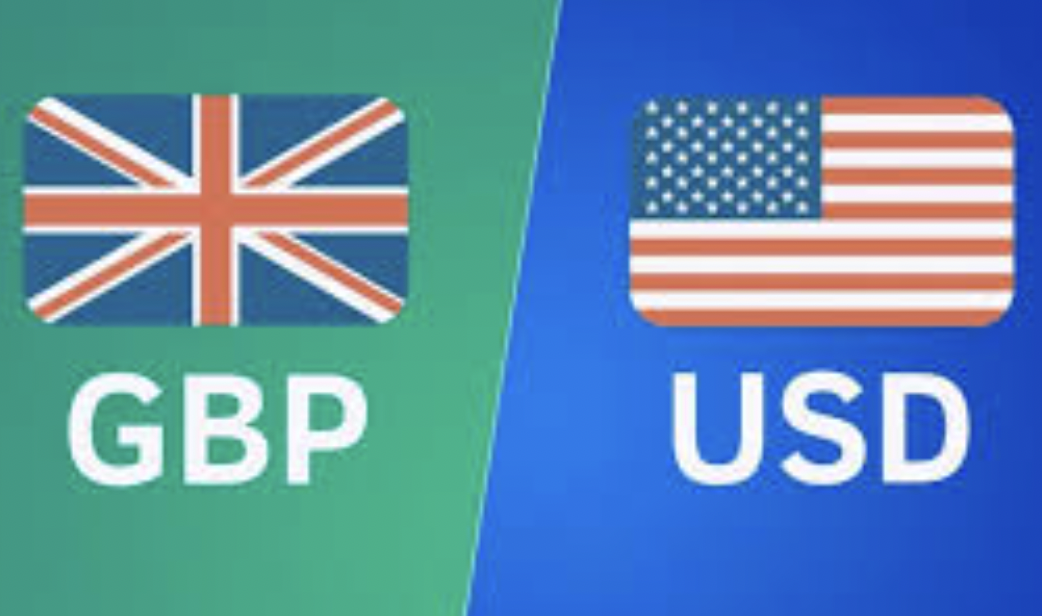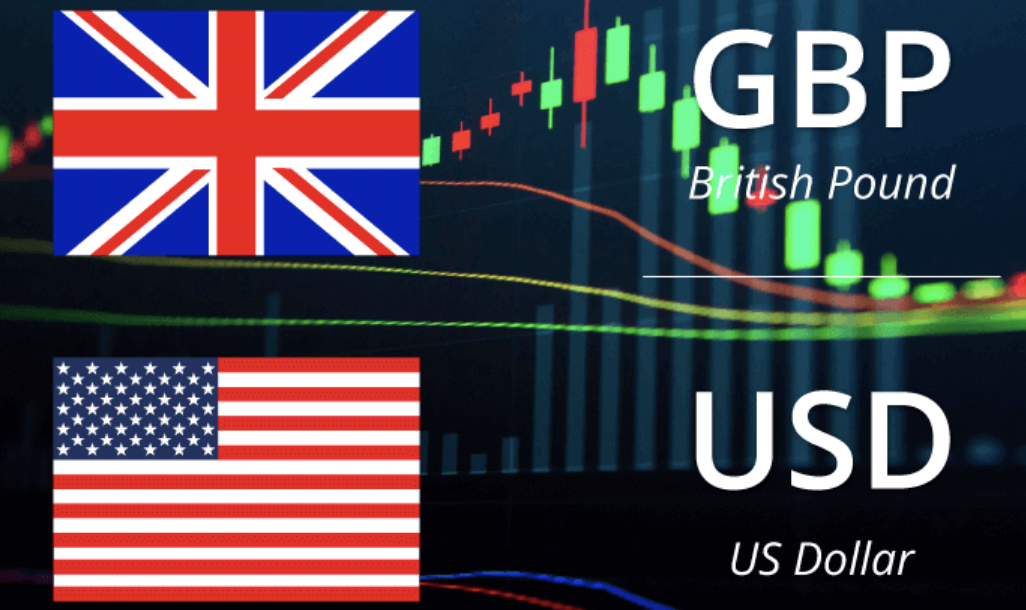
Daniel Rogers
Aug 04, 2022 11:43

During Thursday's mid-Asian session, the EUR/USD gets intriguing as it increases bids to 1.0165, supporting Wednesday's bullish Doji. However, the pair buyers anticipate that the recent decline in rates and the monthly Economic Bulletin from the ECB would provide support.
Having said that, the main currency pair had previously retested its weekly bottom before rebounding from 1.0122 to converge with the day's starting levels and produce a bullish Doji candlestick. In doing so, the quotation followed changes in the US currency and conflicting worries over the bloc's gas problem, as well as underwhelming statistics, in advance of Friday's crucial US Nonfarm Payrolls (NFP).
The US Dollar Index (DXY), which earlier on Wednesday re-tested the weekly high with a price of 106.82, is still undecided at 106.35.
The US-China rivalry over Taiwan, as well as the disappointing Eurozone retail sales and better US PMIs, originally encouraged the greenback's gauge. The pre-NFP angst, however, seems to have been joined by higher stocks and a positive China PMI to test the DXY bulls. The report released by Bloomberg also gives EUR/USD buyers optimism.
The European Central Bank (ECB) stated that the fiscal support given to the euro area economies during the Russia-Ukraine war is increasing the region's GDP while momentarily bringing down inflation in a pre-release of its economic report issued on Tuesday and shared by Bloomberg.
While the US ISM Services PMI for July increased to 56.7 from 55.3 in June and the market forecast of 53.5, the Eurozone's retail sales decreased by 1.2 percent MoM in June compared to a 0.0 percent projected decline and 0.4 percent previous month. Additionally, from 52.7 in June and the flash estimate of 47, the final reading of the US S&P Global Services PMI for July fell to 47.3, representing the first decline in two years. Additionally, China's July Caixin Services PMI shocked investors with positive information.
It's important to note that recent Fed officials have generally been hawkish and have pushed back against the EUR/USD bulls. According to James Bullard, president of the St. Louis Federal Reserve Bank, "there is still some distance to go to get to a restrictive monetary policy." The decision-maker expresses preference for the sort of frontloading while stating that he still hopes to reach 3.75 to 4 percent this year. Along with Bullard, Thomas Barkin and Neel Kashkari, the presidents of the Feds in Richmond and Minneapolis, joined the league of Fed hawks to apply downward pressure. The DXY bulls were later subdued, although San Francisco Fed President Mary Daly looked to have sent out conflicting signals. "Markets are ahead of themselves in expecting rate cuts next year," the policymaker added.
The S&P 500 Futures printed slight losses at the latest while the Wall Street benchmarks finished with substantial gains among these trades. Additionally, the US 10-year Treasury rates are still under pressure at 2.71 percent as of press time, down three basis points (bps).
Moving on, the US Good and Services Trade Balance for June, predicted to be $-80.1 billion vs $-85.5 billion previously, as well as the weekly Initial Jobless Claims, expected to be 259K versus 256K previously, will come before Germany's Factory Orders for June to embellish the calendar. Prior to Friday's US NFP, however, much focus will be placed on the remarks made by ECB and Fed leaders as well as the Sino-American conflict over Taiwan.
Prior to the 1.0200 level, there is a convergence of the prior support line from mid-July and the 10-DMA, which limits the short-term EUR/USD rebound. The 21-DMA and the Doji's bottom, which are located respectively at 1.0155 and 1.0120, may present difficulties for the intraday sellers.

Aug 03, 2022 14:56
